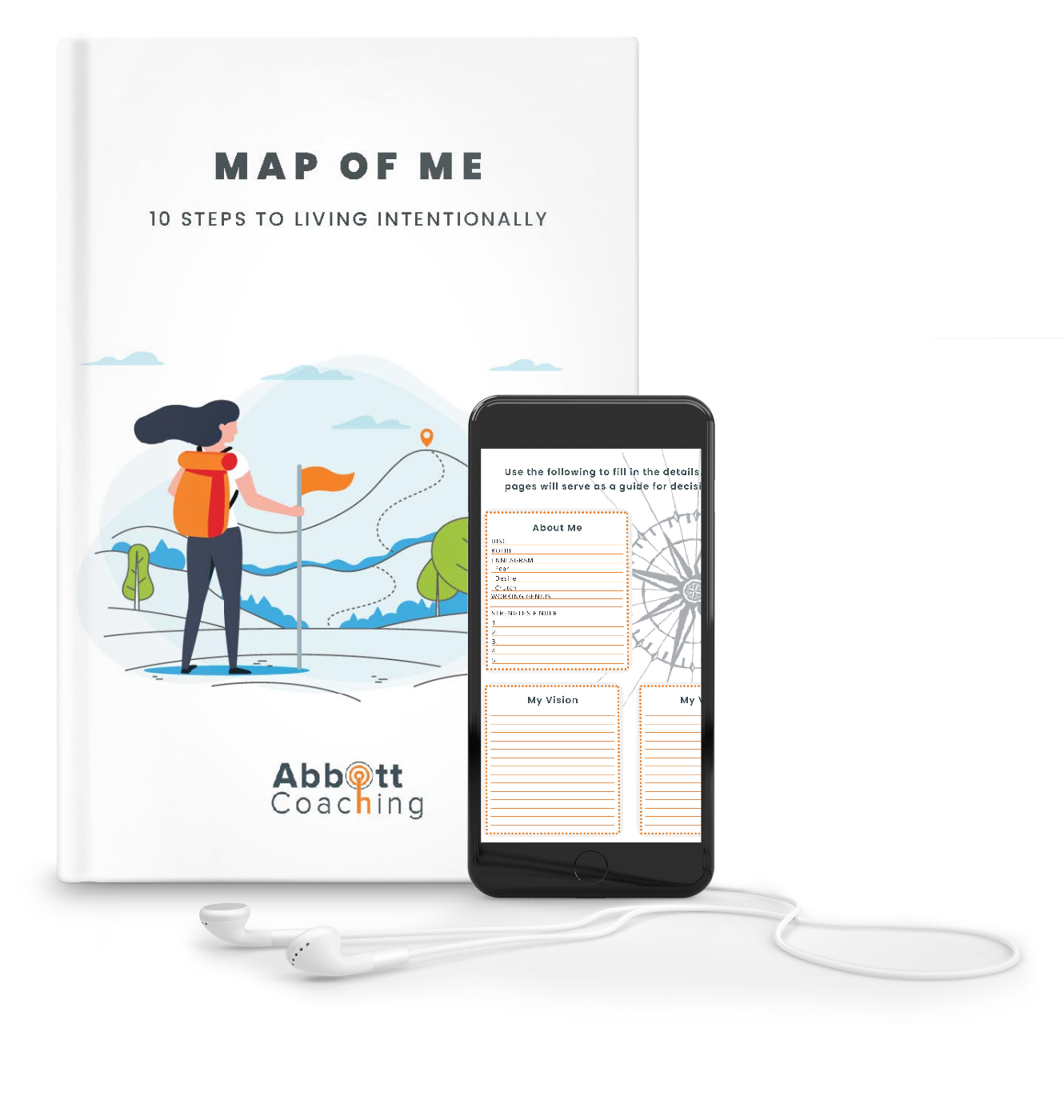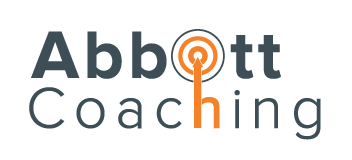I recently completed a 36-hour course to improve my facilitation skills because when I work with my clients I want to give them the very best of me. I aim to stir the pot, get everyone’s strongest ideas, and make sure everyone weighs and buys in.
I genuinely learned so much from this course (it was incredible, although overwhelming at times), and I am ready to break it down for you. One of our jobs as leaders is to be great facilitators — do you feel confident in your ability to facilitate a great and effective team meeting?
Here are 5 tips for facilitating great meetings as a leader
1. Start Out Right
Setting the tone for a great meeting occurs within the first few minutes. You must start a meeting by making sure everyone feels excited and empowered about being there. Consider these tips:
- Start by informing everyone of the objectives, the agenda, and how things will take place.
- Next, get them excited about the outcome. Make it known what everyone will walk away with at the end and why that matters to them.
- Then, tell them why they are there. Specifically, tell them why they were chosen to be a part of this work and decision making as this will empower them to engage.
- Ask your participants what they hope to cover in the meeting and capture these topics using a whiteboard or flipchart. This begins the meeting with engagement by getting them involved right away.
- Set expectations if a topic comes up that you cannot get to or is not part of this discussion so that people do not walk away feeling ignored.
- Lastly, make sure you set up the Ground Rules for the meeting. This could be how and when to give input, not shooting down other people’s ideas, being respectful, use of devices, etc. Get the attendees’ input and agreement on all these rules.
2. The Use of Parking Boards
Arrange to have at least three extra flipcharts or distinct areas on the whiteboard as data and idea collection spaces. The three boards should be:
- Parking Board – This will cover any ideas that are not relevant to the topic at hand, cannot be solved in this meeting, require other information before a decision, or require further discussion outside this meeting.
- Issues Board – Utilize this board anytime an issue needs to be solved. Do not let an obstacle or issue derail the meeting by allowing everyone to jump in and take up tons of time when it is not a critical item for the meeting at hand. These issues go to your “Long-Term Issues” list on your V/TO or on your Level 10 Meeting agenda to be solved at your next L10 meeting.
- Decisions/Actions Board – Any decisions or actions created in the meeting go to this board. Be sure to create commitment and clarity by adding a “who” is doing what and a “date” by which it will be done. For those running on EOS, you can put all of this on your Level 10 Meeting Agenda To-Do list.
3. Leader or Facilitator
As the leader, you set the tone for the meeting, so you have to be careful in choosing what hat to wear. Ask yourself: are you the facilitator or part of the team? If you are both, be sure to state when you are playing which role. As a facilitator, you are to remain neutral and not make decisions for the group or tell them the answers. This is because you are facilitating their ideas and answers to help them reach a consensus. If you want to add your opinions or tell the group what they must do regarding a decision, say to them, “I am taking off my facilitator hat and putting on my boss/coworker hat.” Then you can act as one of the attendees.
4. Sins of Facilitation
Be sure to avoid these sins of facilitation:
- Limiting what responses are worthy of being written. Everyone who gives a response deserves the respect of their response being recorded. Remember to use the boards if it isn’t relevant to the topic at hand — but still record their response somewhere.
- Recording your interpretation of what was said. Ask your attendees exactly how they want it written if you are unsure.
- Permitting the group to break ground rules. Be strong; it is your job to hold them to the rules they agreed to. The group will lose trust in you if you don’t do this.
- Losing neutrality. Keep your emotions in check, do not choose sides or show favor for one idea over another.
- Allowing the group to wander off-topic excessively. You are there to ensure the goal and objectives are met; if you veer down a bunny trail, you might not achieve that.
5. End the Meeting Effectively
The end of a meeting is just as important as the beginning. First, review the agenda and objectives to ensure they were achieved or to check that you have created a plan for follow-up on anything left undone. Review the parking boards and clear or compartmentalize anything on them. If you dealt with it, remove it. If there are action steps, recap them. If those items need to be added to another agenda/document, make sure you know who is doing that specific action step and that there is a deadline.
Next, evaluate what was achieved. Just like we rate an L10 meeting, make sure everyone has an opportunity to share what they thought about the process, the results achieved, and whether the key topics were covered. Close by thanking the group and sharing the next steps, so they know when they can see the results of the work that was done.
The worst thing a leader can do is leave their team hanging by not celebrating them for the fruits of their hard work. Also, let them know if this will be taken up the chain of command or what and how new processes will be implemented. Share a timeline for implementation so they do not feel like another project or decision will be ignored.
Master Your Facilitation Skills with the Leadership Strategies Course
I was blown away by the Leadership Strategies Course and am certain that it will have a lasting impact on how I facilitate meetings with my team. If you also want to make a serious impact when you organize meetings, this course is for you. It is accredited and bonafide — I know that it will teach and guide you on how to lead a group, stay focused, and organize action.

I invite you on a journey of self-discovery and personal growth, into ever-increasing authenticity and self-love.
I created my personal Map of Me to help guide my decisions from a place of strength. My Map of Me has awakened me to who I really am, and who I want to be. It allows me to live from my design at my highest and best, as well as plan to shore up the weaknesses—and it’s given me the ability to see and appreciate the differences. I believe that all individuals should be authentic, open and able to express themselves fully with confidence—your Map of Me is your guide for
doing just that.

